Magazine
How to Get Rid of Dark Circles: 18 Actionable Ways

Dark circles––those purplish shadows underneath your lower eyelids––are usually a naturally occurring trait and not a sign of any sort of medical condition or cause for worry. But that doesn’t mean we always want them to stick around.
There are plenty of things you can do to improve your dark circles’ appearance and prevent them from getting worse. Waking up with puffiness in your under eye area can be an annoyance no one wants to deal with.
Check out the tips below for treatments ranging from self-care to topical solutions that target under-eye circles and bags.
Causes of Dark Circles
Let’s look at two broad categories of factors that contribute to the formation or worsening of under eye circles: intrinsic and extrinsic factors.
Intrinsic Factors
These are internal causes of dark circles. They include things like genetics and hormones.
Ageing
As we age, our skin loses elastane and collagen––the things that usually fight gravity and prevent sagging. The skin around your eyes is very thin and delicate and becomes more so as you age. The fatty deposits under your eyes deplete; dark veins and capillaries become more visible. Collagen production slows down as you age, too, leading to dark circles making themselves more visible.
Genetics
Dark circles are often just one of those inherited traits. Some people are just born with dark circles; these usually don’t completely disappear, but their appearance can be reduced or prevented from getting worse.
Extrinsic Factors
This is another way of saying external factors, such as lifestyle conditions, pollutants, and environmental irritants.
Sun Exposure
Over time, exposure to the sun can lead to sun damage; this can outweigh the body’s natural ability to repair such damage after a while.
Lack of Sleep
Missing sleep causes the cortisone levels in your body to rise; cortisol is a stress hormone that results in your blood vessels dilating. Under your eyes, this makes dark circles more visible.
Smoking and Alcohol
Smoking and excessive drinking can cause a poor skin appearance, such as dryness, fine lines, and dark under-eyes.
Allergies
Allergies make your eyes itch, and your skin irritated. Not only can this cause pigmentation over time, but it also causes puffing in your eyes. Rubbing your itchy eyes all the time does some damage, too.
Poor Nutrition
The right vitamins, minerals, and nutrients can make a big difference in the appearance of your skin.
Remedies to Help Reduce Dark Circles
Topical Treatments
There’s plenty of ways to reduce the appearance of dark circles through creams, self-care, and other topical methods.
Moisturizer and Eye Cream
Skin loses its elasticity as you age and also recovers slower from damage. To maintain skin health and a youthful appearance, make sure to moisturize every day. Try products with beneficial ingredients, including hyaluronic acid, retinol, and sunscreen.
Vitamin C, licorice extract, and kojic acid are also ingredients that encourage skin lightening. When applying your moisturizer, try using your ring finger; this is the weakest finger on your hand and will make the application as gentle as possible.
Retinoids
Retinol cream contains retinoids designed to thicken the skin’s outer layer. Retinoids are vitamin A derivatives; they can help to improve the quality of skin with a smoother appearance and less pigmentation. Retinol helps to support firmer, more supple-looking skin.
Topical Caffeine
Topical caffeine, such as coffee seed extract, can be used to improve the appearance of under eye circles, shadows, and bags. Caffeine-based cosmetic products can protect blood capillaries and lighten dark areas.
Cucumbers
Cucumber slices don’t just look funny when draped over the eyes; they serve a purpose. Not only does the cool texture soothe the skin–– cucumbers can hydrate the skin because they contain vitamin K; this alleviates dark circles and under-eye bags.
Cosmetic Concealer
A lot of men might balk at the idea of using something that is technically make-up. But there’s no shame in an easy fix. Concealer–an orange-toned color corrector–is a quick and easy way to temporarily camouflage dark under-eyes.
Just dab a bit on, and you’re good to go. There are even light-reflecting concealers with a yellowish tint that can further brighten under-eye areas. The best part is, nobody will be able to tell.
Lifestyle Changes
Adjusting certain aspects of your lifestyle might be easier said than done, but trust us––improving your overall health can make a huge difference in the health of your skin. Your under-eyes will thank you.
Drink Water
Dehydration can cause fluid to build up around the eyes; this can create eye bags and push blood vessels to the forefront, making the area appear darker. Be sure to drink water and keep yourself hydrated to maintain smooth, aesthetically pleasing skin and support your overall health.
Try adding some lemon juice and mint leaves to your water, as it can help you stay hydrated but with a twist.
Reduce Smoking and Drinking
Alcohol dilates the blood vessels, which can break and pool under the eyes; these broken capillaries are responsible for a darker purplish hue. Drinking also negatively affects overall health––as your largest organ, skin is easily affected by that sort of thing. In the same vein, smoking prevents nutrients from reaching your system; it can also cause sleep disruption. To maintain healthy skin, it’s best to try to cut these habits out of your life.
Wash Your Face Properly
Allergens, pollutants, and other kinds of dirt can irritate your eyes and skin. To prevent these from bothering you––and to stop yourself from rubbing and tugging at your skin––make sure you have a good quality face wash that you use once or twice a day. Try to rinse your face with cold water while you massage your under eyes, as this can help increase blood circulation and de-puff the under eye area.
Sun Protection
Always wear sunscreen, especially on your face, to protect your skin from harmful UV rays. Sunscreen that is SPF 30 or higher reduces the change of hyperpigmentation and sun damage over time. Glasses that have zinc oxide protection can also protect your eyes.
Cosmetic Procedures
Suppose you find that at-home remedies and self-care aren’t entirely cutting it for you. In that case, you might want to consider looking into other options: for example, cosmetic procedures that can be carried out by a medical professional. Watch your wallet, though––these can often be effective but also cost a pretty penny.
Under-Eye Fillers
Many people with dark shadows may choose to go the filler route. This is a cosmetic procedure to be done by a medical professional. Soft tissue fillers are injections that can be placed anywhere on the body to restore volume. This includes bringing plumpness back to the under-eyes, removing the hollow look that often comes with dark circles. Fillers are temporary; they generally last around three to ten months but can also be dissolved if the patient wishes.
Microdermabrasion
Microdermabrasion is another cosmetic procedure that usually involves using small crystals to exfoliate the upper layer of your skin. It is often used to combat discoloration, sun damage, or hyperpigmentation.
A common form of microdermabrasion is micro-needling, which operates in as similar way, but uses tiny needles instead. While the skin around your eyes might be too thin and delicate for this procedure, it may be something to consider for other discoloration or scarring.
Laser Treatments
Though this can be quite an expensive measure, laser treatments like laser skin resurfacing or fractional laser treatment are often used to improve skin’s overall appearance, from the texture to over-pigmented areas.
Scarring, fine lines, and wrinkles are also targeted with this kind of procedure. Laser vein treatments are also implemented to make blood vessels less visible.
Chemical Peel
Chemical peels can treat pigment irregularities by removing melanin in the epidermis and promoting improved collagen in the skin. This can reduce fine lines, wrinkles, and discoloration. This kind of treatment should be approached with caution, however, as it may risk pigmentary complications.
Other Factors That Lead To Dark Circles
Vitamin C
Vitamin C aids in the production of collagen. It is contained in citrus fruits like pineapples, limes, lemons, oranges, and cauliflower, broccoli, berries, mango, tomatoes, papaya, and kale.
Iron
An iron deficiency might worsen the appearance of dark shadows under the eyes. Iron facilitates the transfer of oxygen through the body through the breakdown of hemoglobin.
You can determine if you have this deficiency through a blood test by your doctor. Organic beef and poultry, as well as spinach, peas, beans, apricots, and raisins, contain iron. Vitamin B-12 supplements can also help, but you should generally not take supplements without talking to your doctor first to see if it is even necessary.
Antihistamine
Don’t let allergies and other forms of irritation get you down. Try taking an antihistamine that works for you so you don’t experience itching or burning, and curb the need to rub your eyes.
Facial Massage
A facial massage can relieve tension and reduce stress.
Cold Compress
A cold compress, like a cool, damp washcloth draped over the eyes for a few minutes, can be very soothing. It can cause swelling to go down and brighten up your under-eyes. A bag of frozen peas, cucumber slices, cold teaspoons, or tea bags placed in the fridge overnight is a good substitute for a washcloth.
Summary
Genetics, aging, and external irritants are the most significant factors that cause dark circles and under-eye bags. Figuring out how to deal with those purplish shadows under your eyes can be a bit of a pain––but when you take a look at all the options, you might realize that it’s easier than you thought. There are even plenty of things you can do right now––like drinking water, reducing stress, and moisturizing.
Try implementing some of these things in your life and see how you like the results. If you want more advice on what to do for your dark circles, talk to your dermatologist. When you know the basics, starting a skincare routine that improves the health and appearance of your skin becomes second nature.
Sources:
Caring for the Skin Around the Eyes | Scalar
Cutaneous and Aesthetic Surgery | NCBI
Dark Circles Under the Eyes | DermNet NZ
Department of Dermatology | Cosmetic Dermatology Procedures | UC Davis Health
Department of Dermatology | The Sun, Skin and Aging | UC Davis Health
How to Get Rid of Dark Circles Permanently I Sleep Advisor
Infraorbital Dark Circles: A Review of the Pathogenesis, Evaluation and Treatment | NCBI
Wellness News: Diminish Pesky Under-Eye Circles | University of the Pacific,

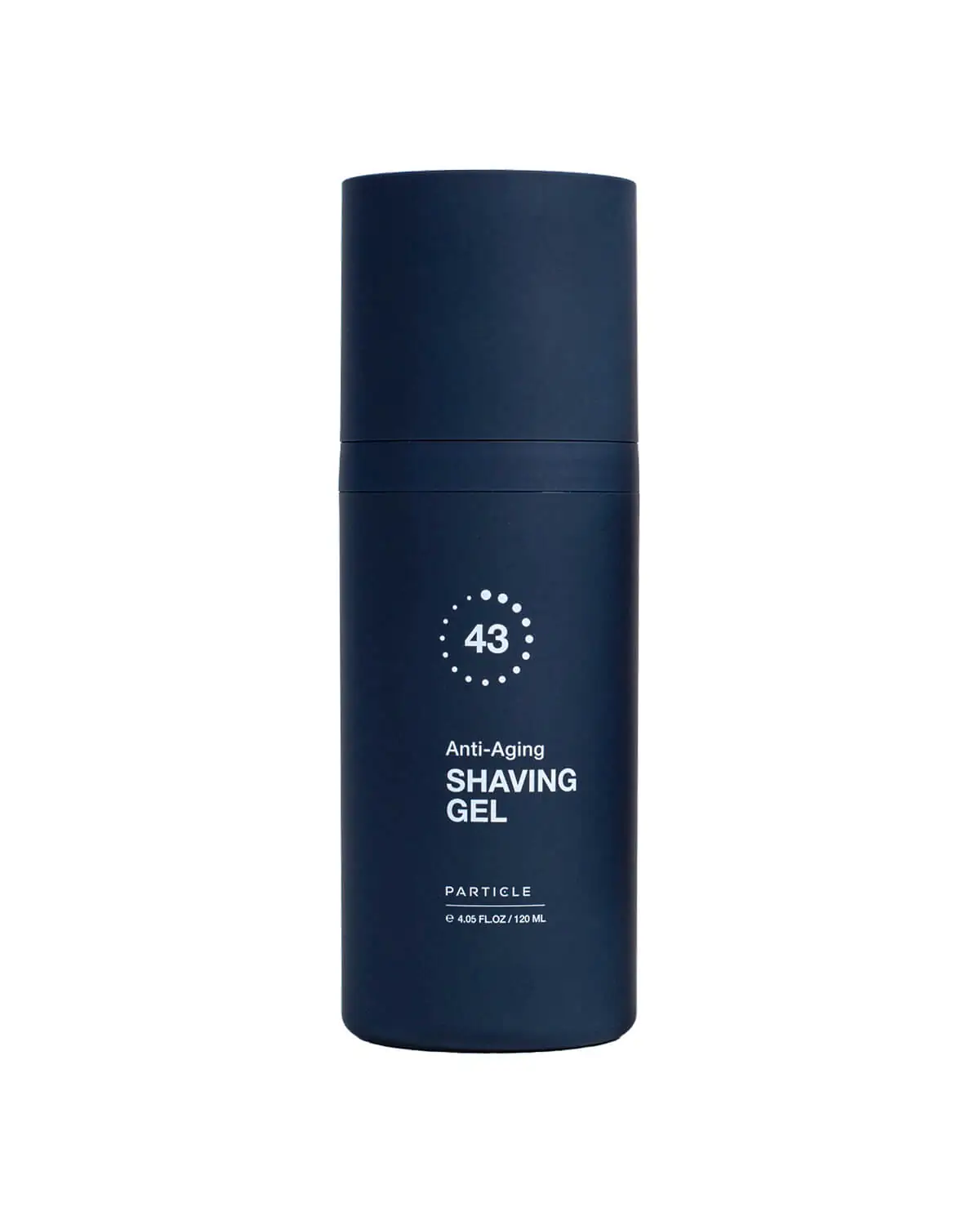
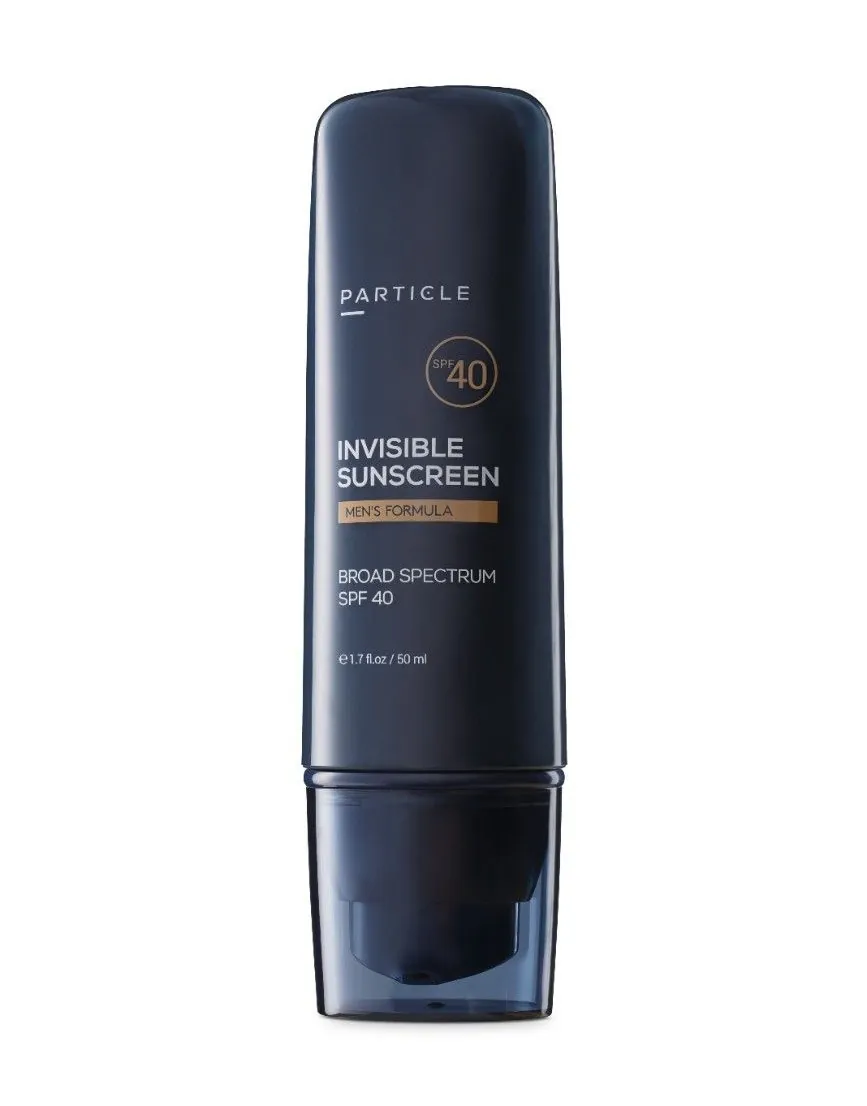
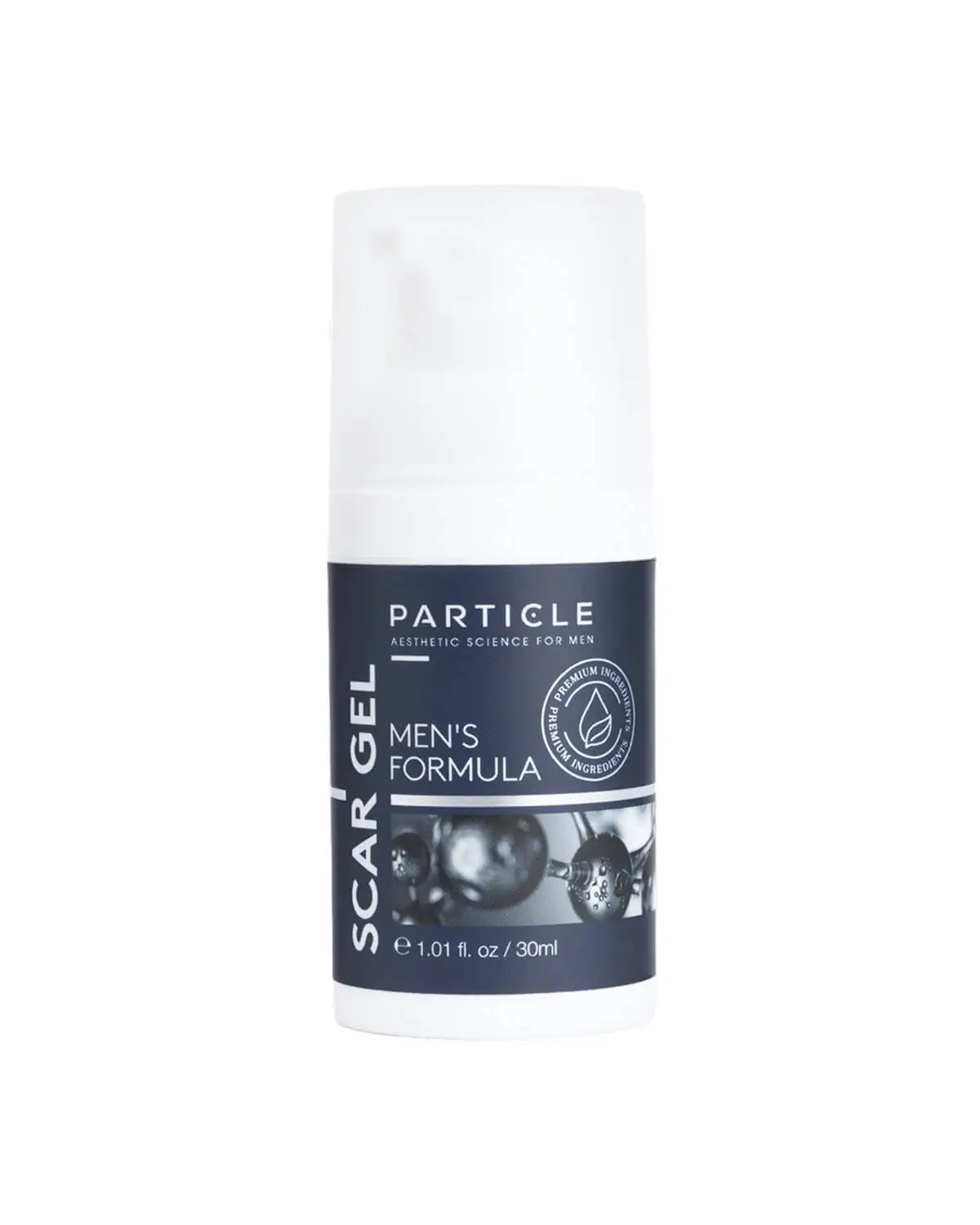
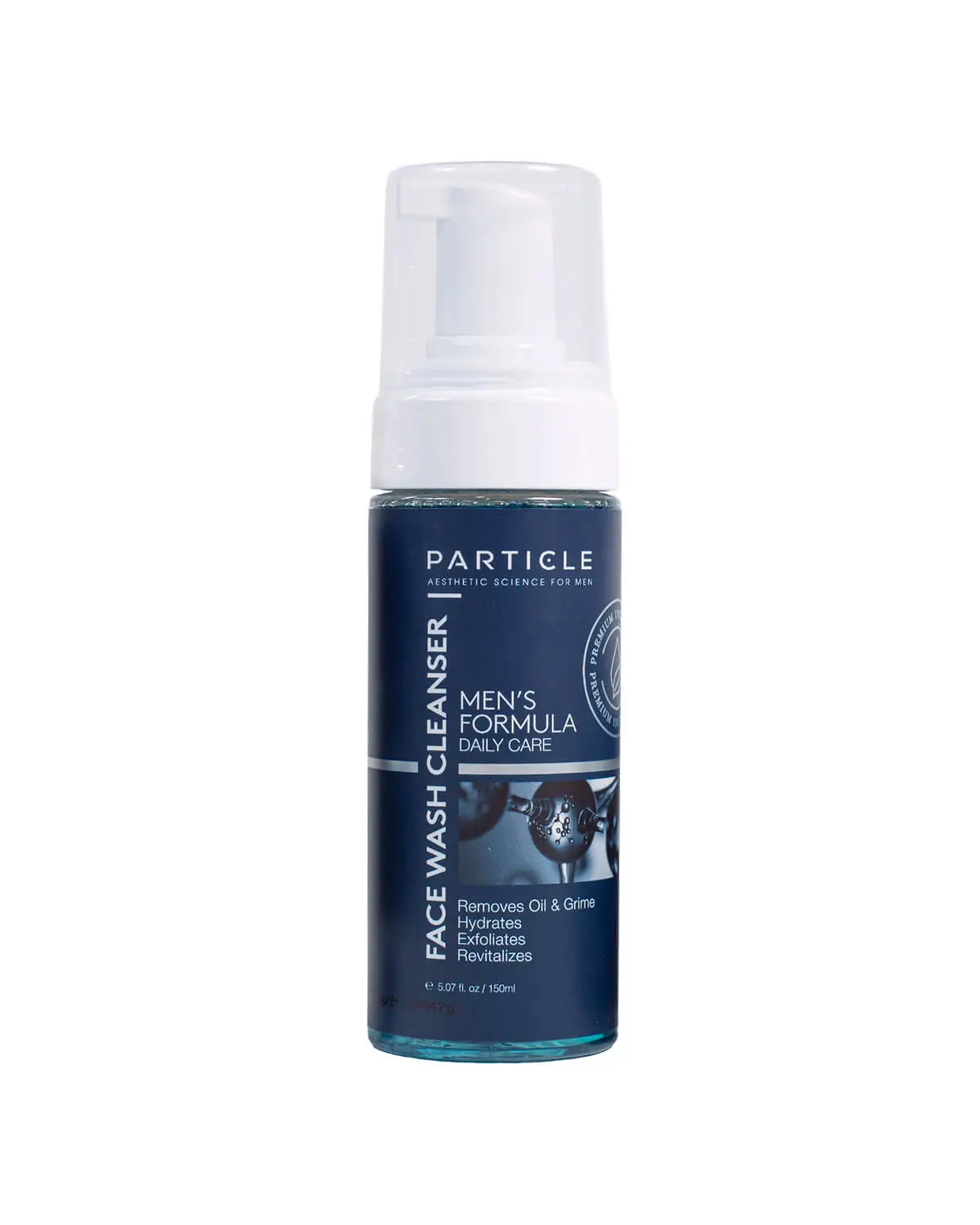
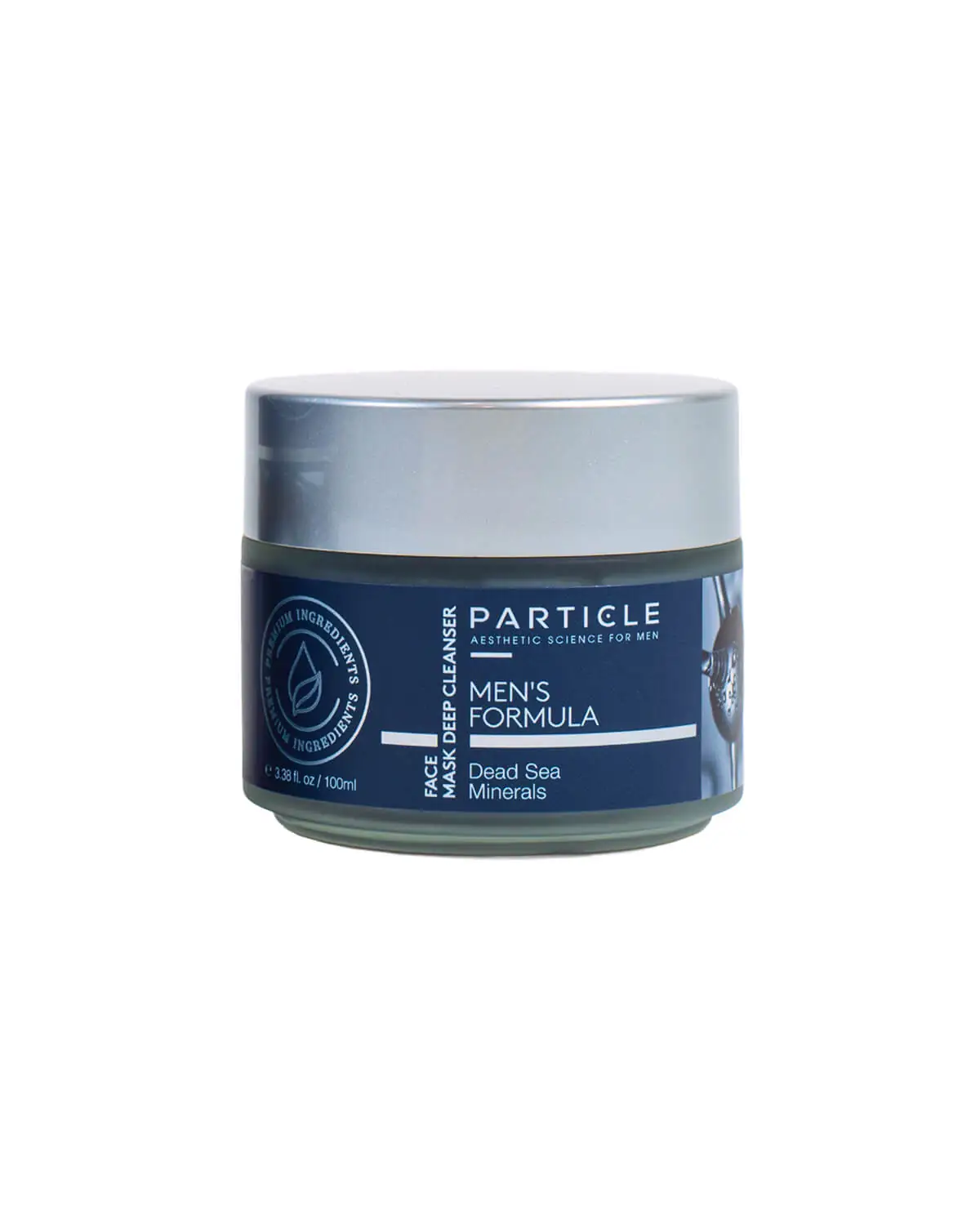
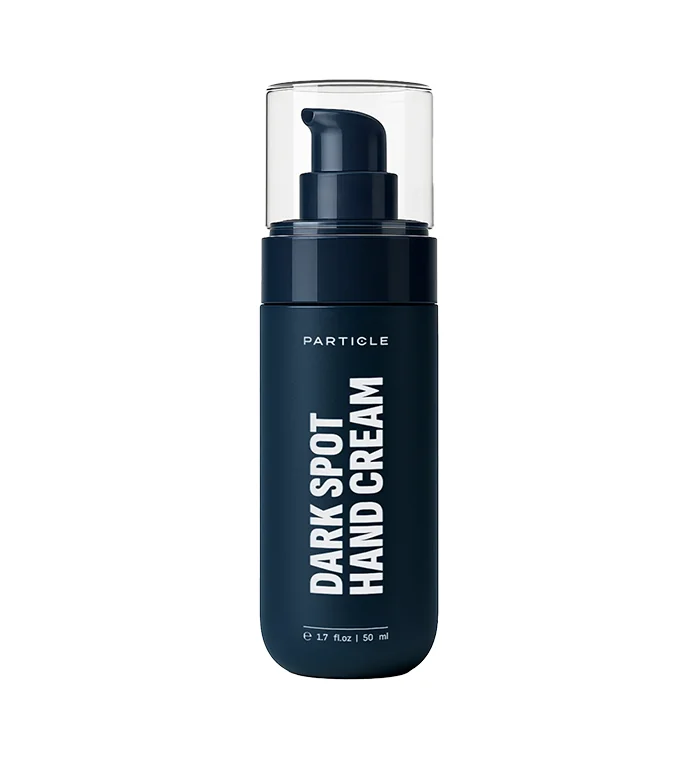
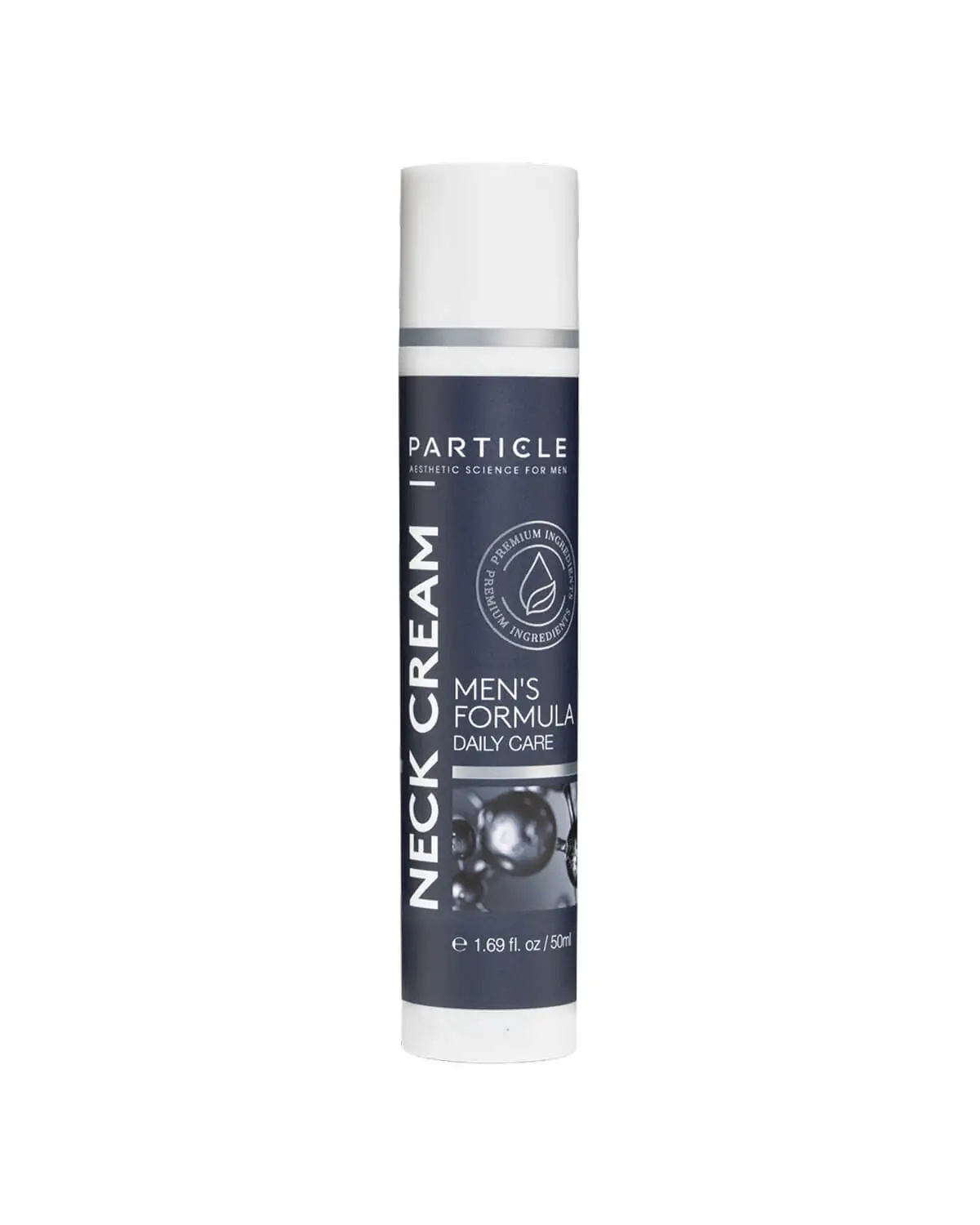
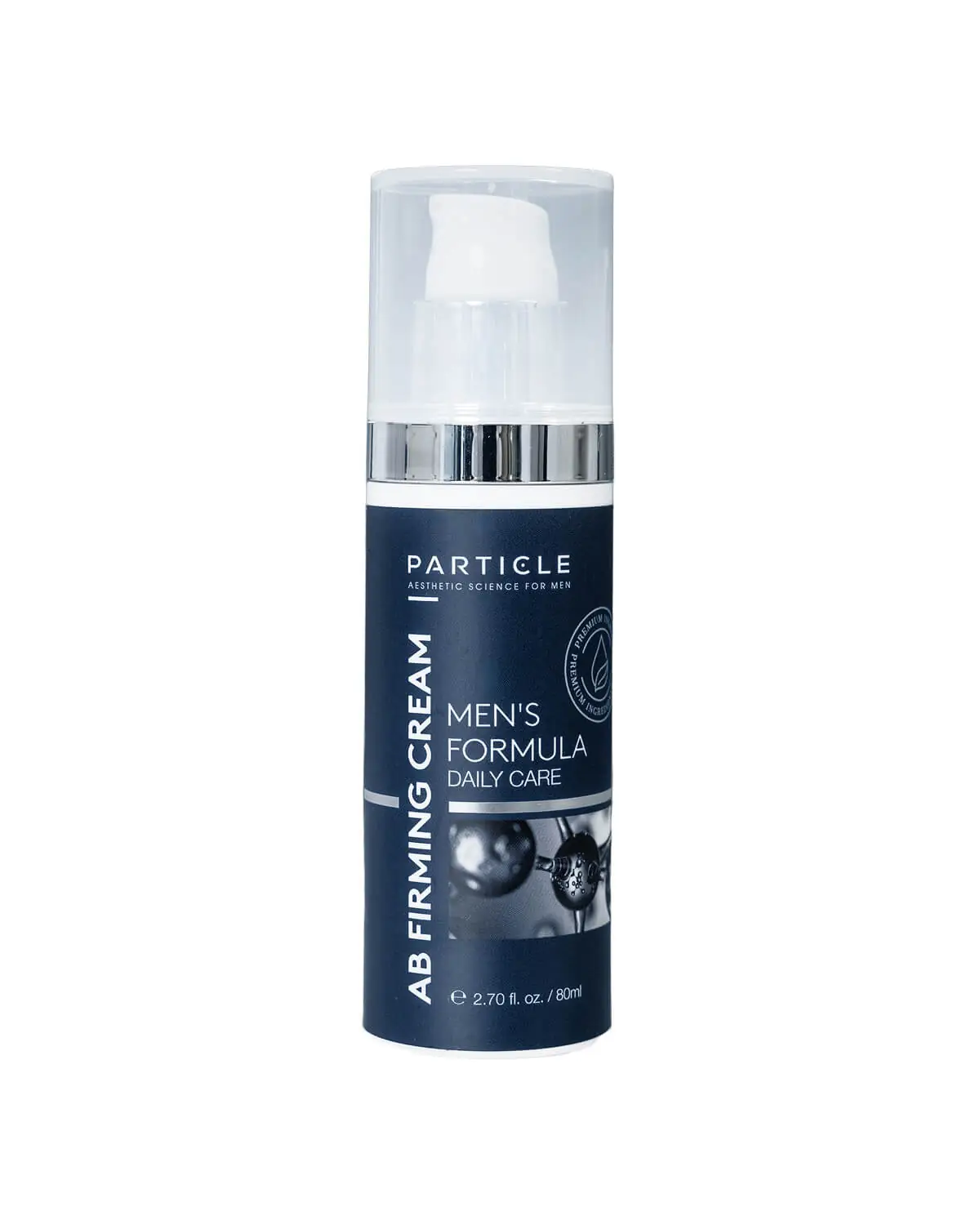
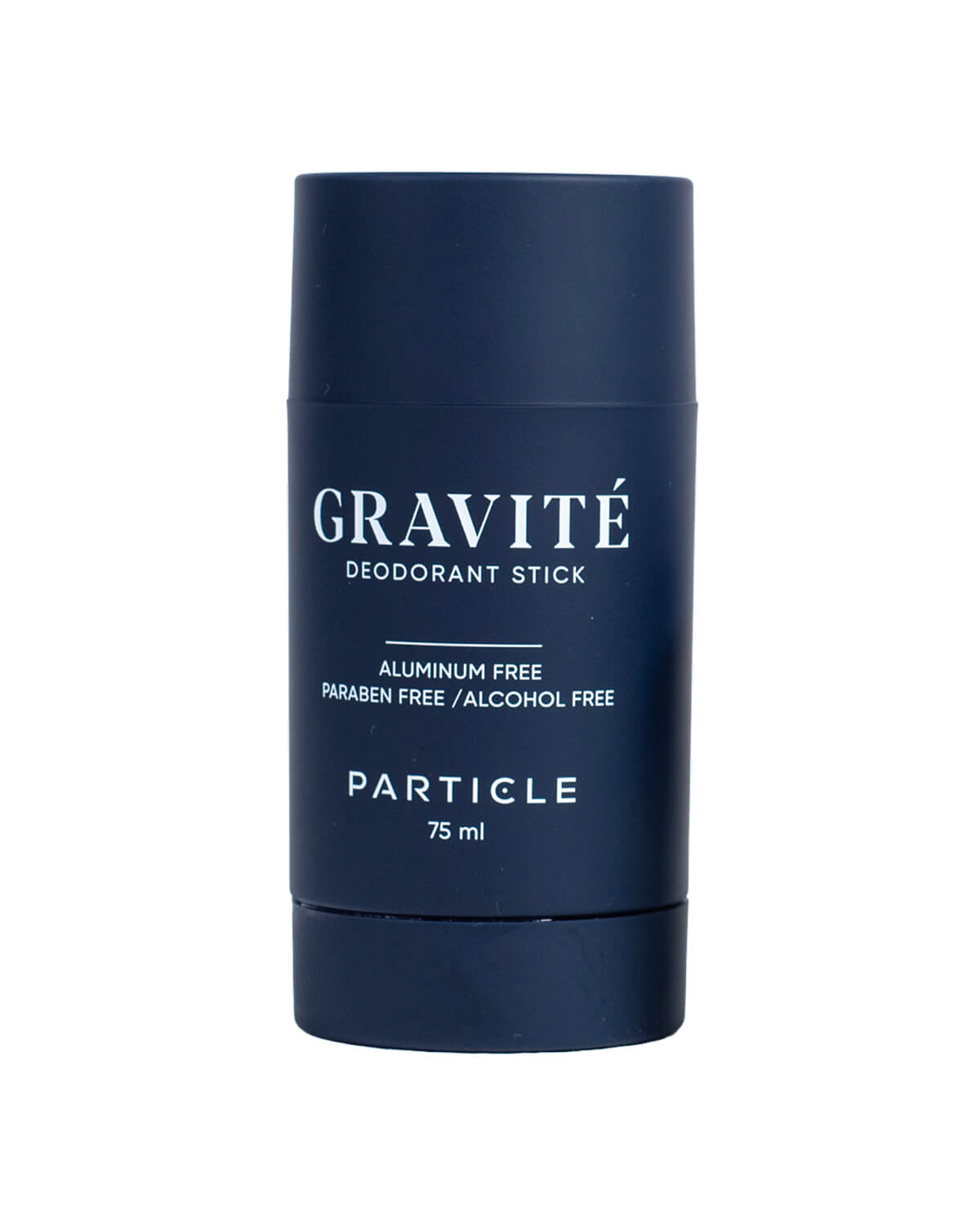
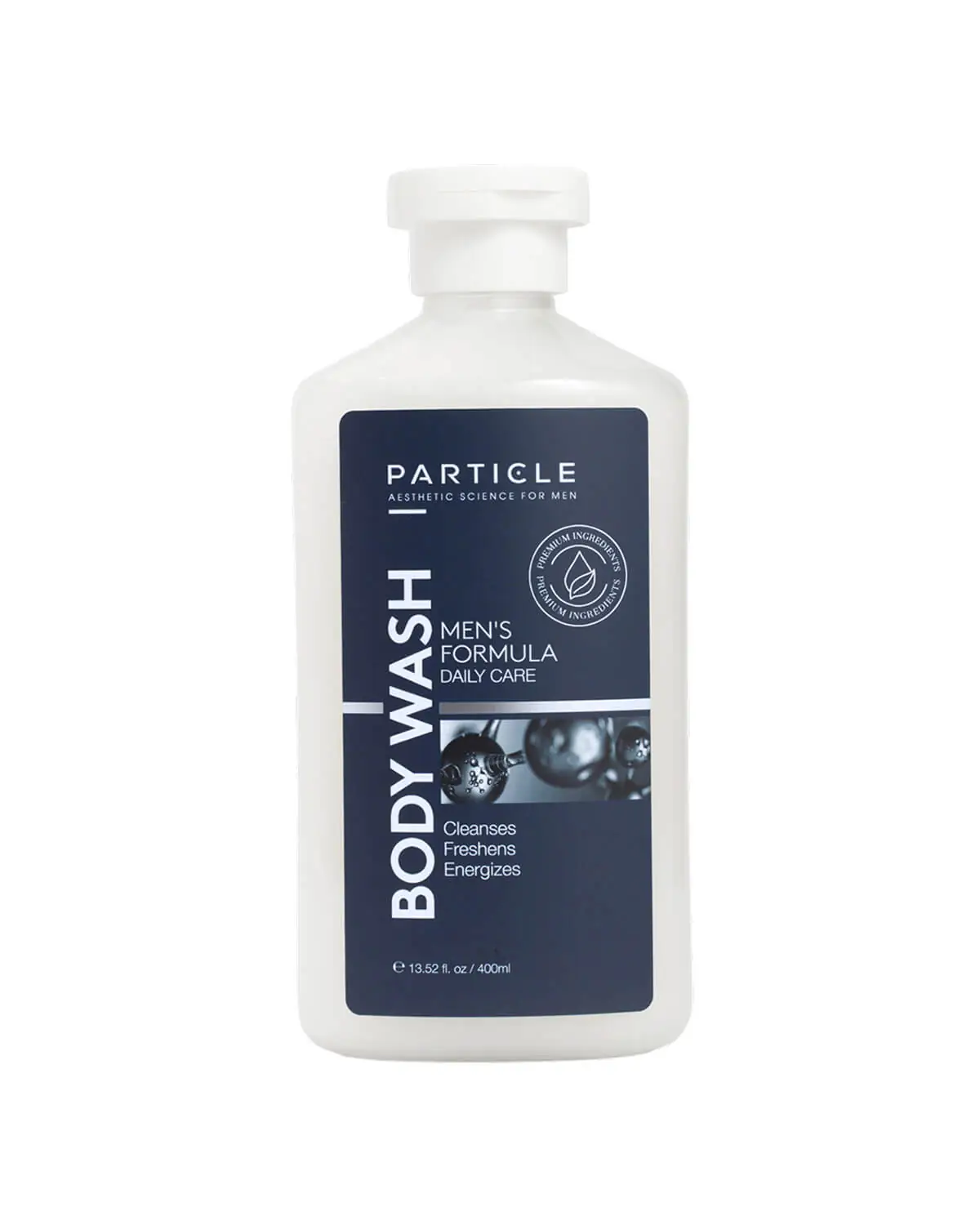
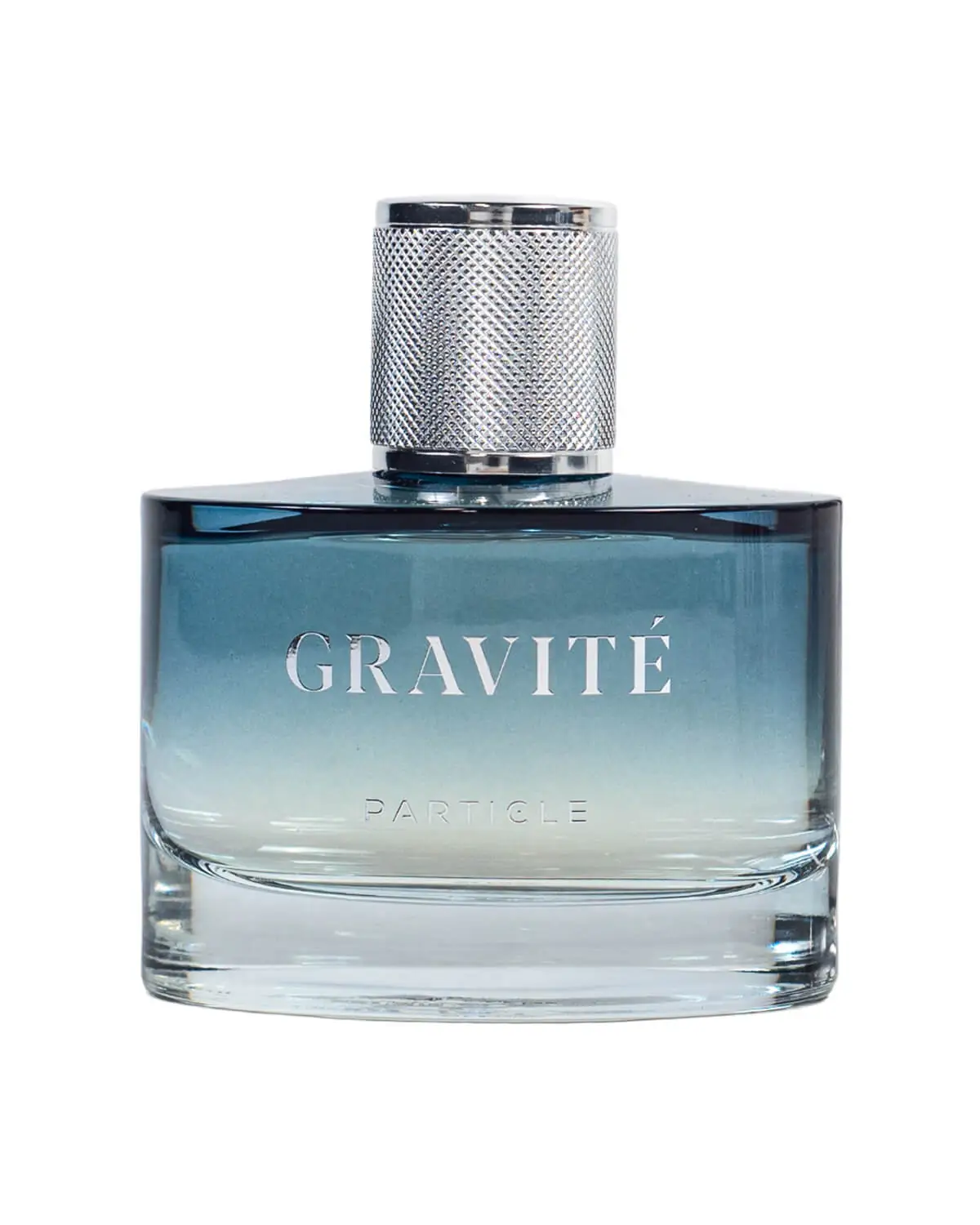

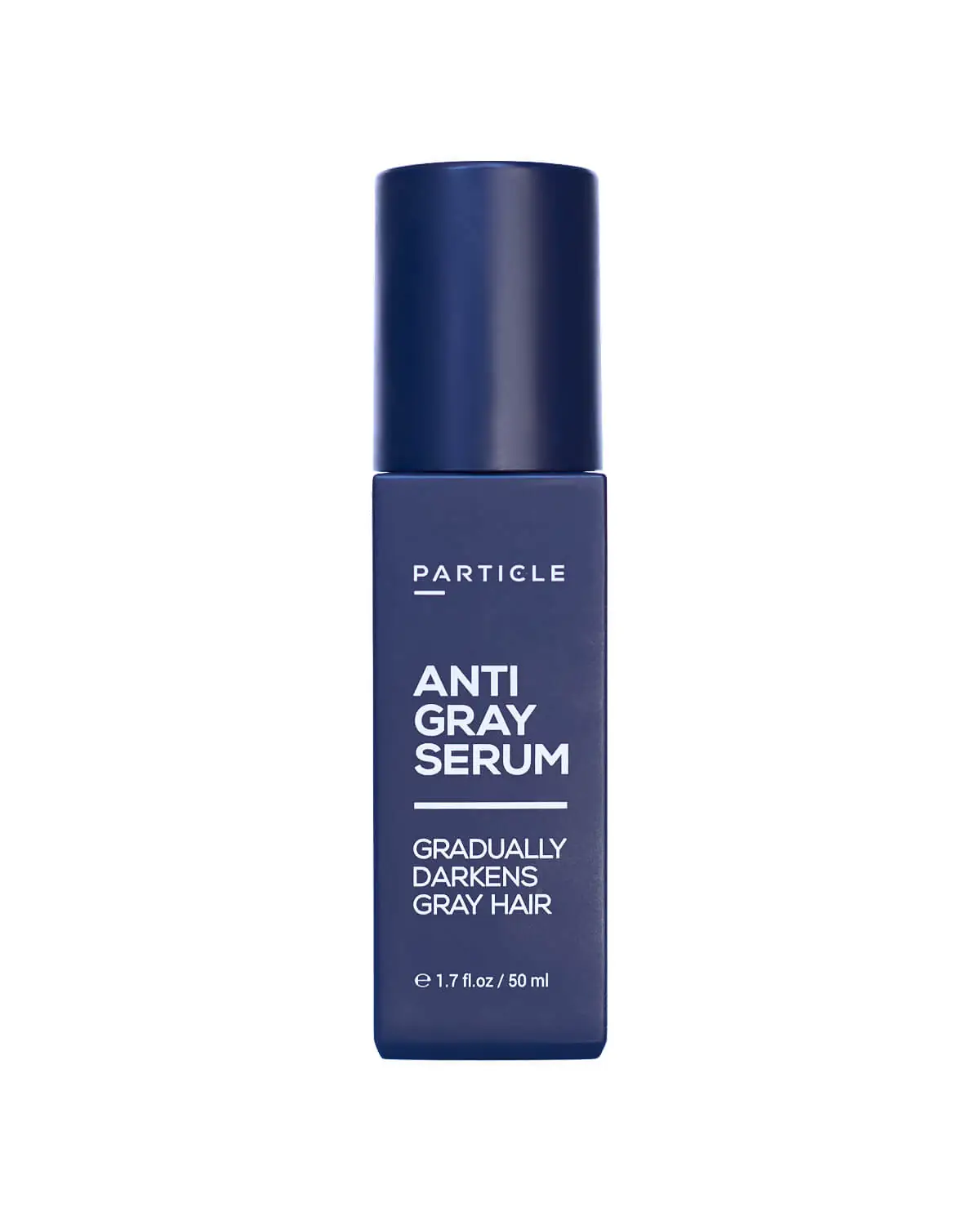
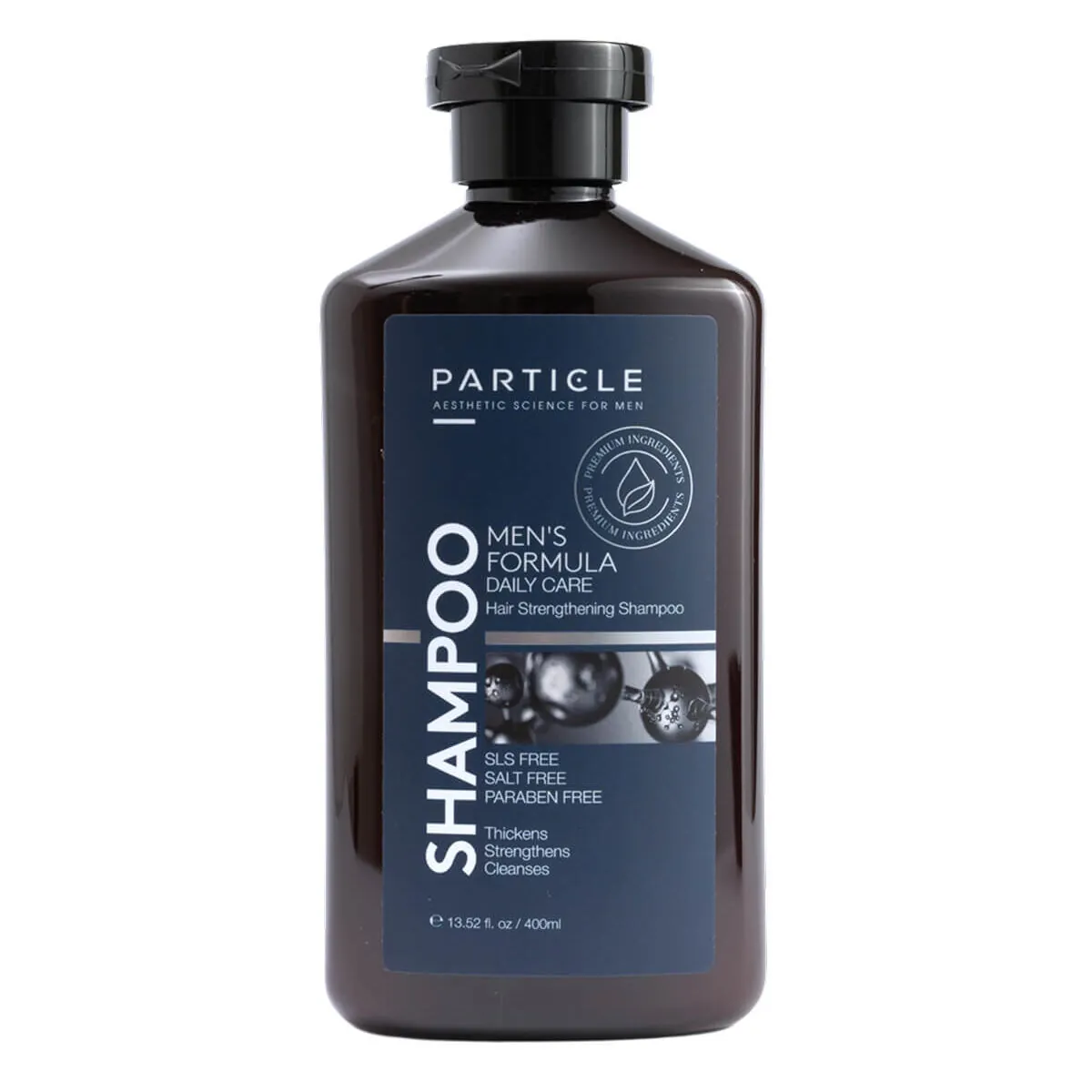
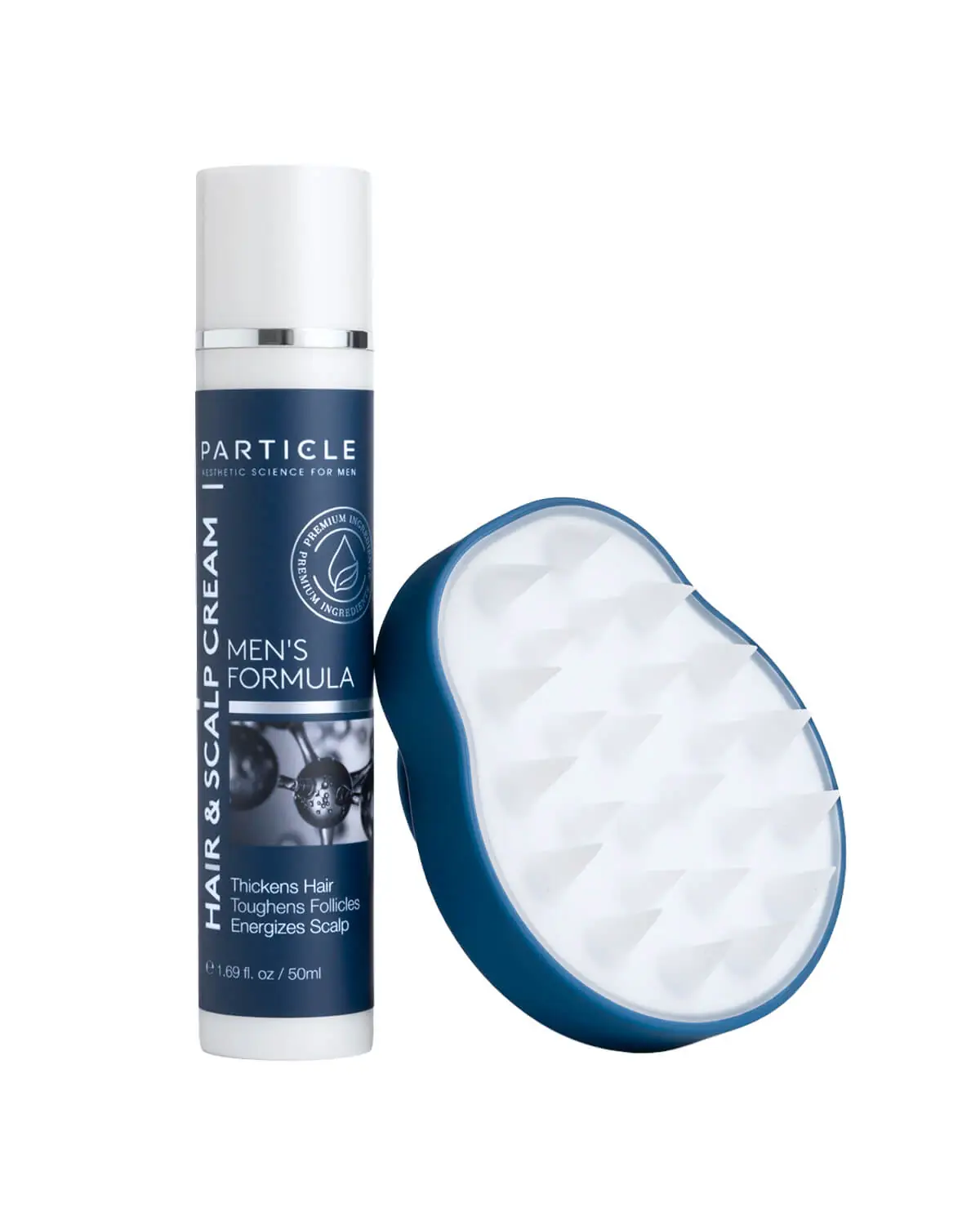
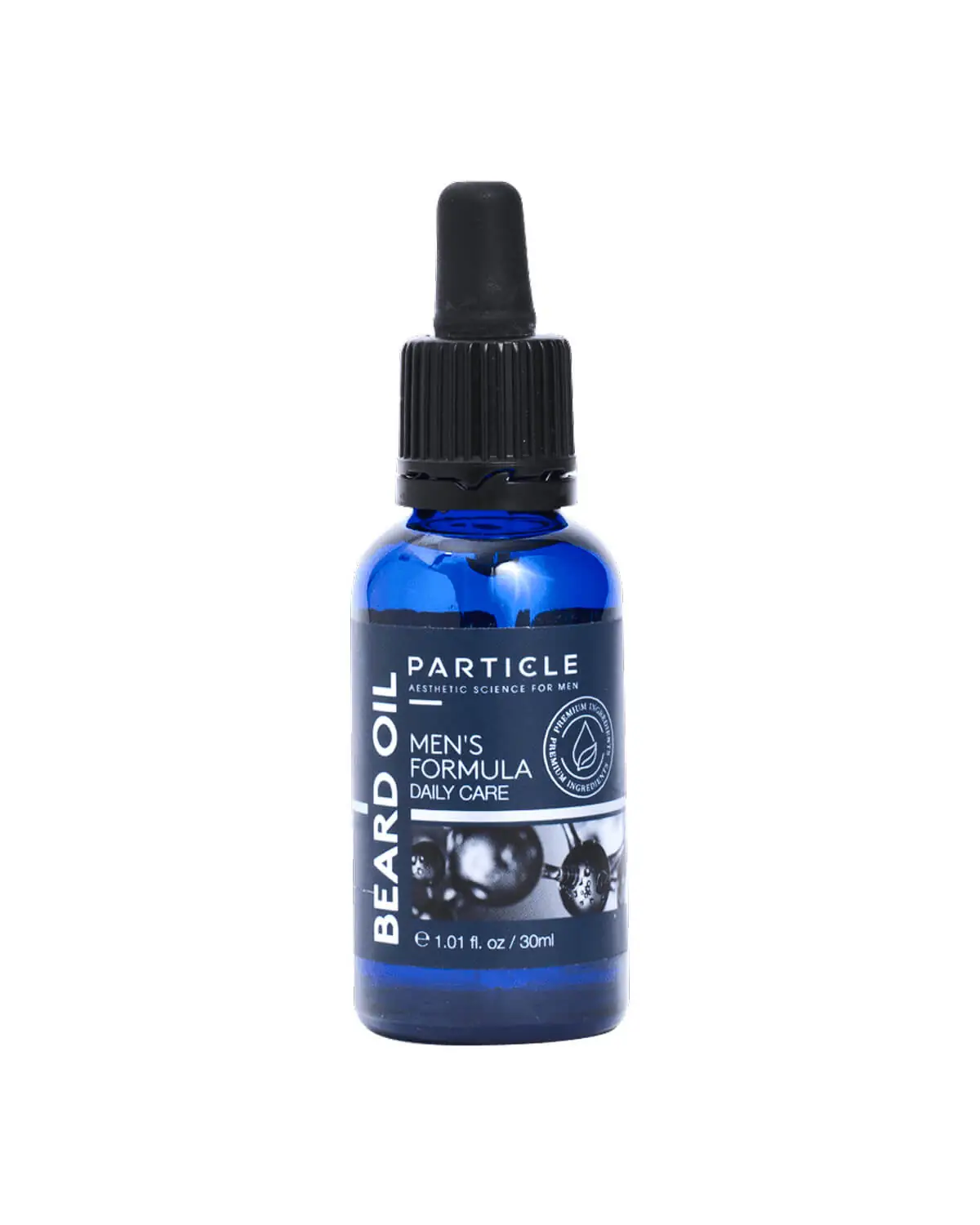
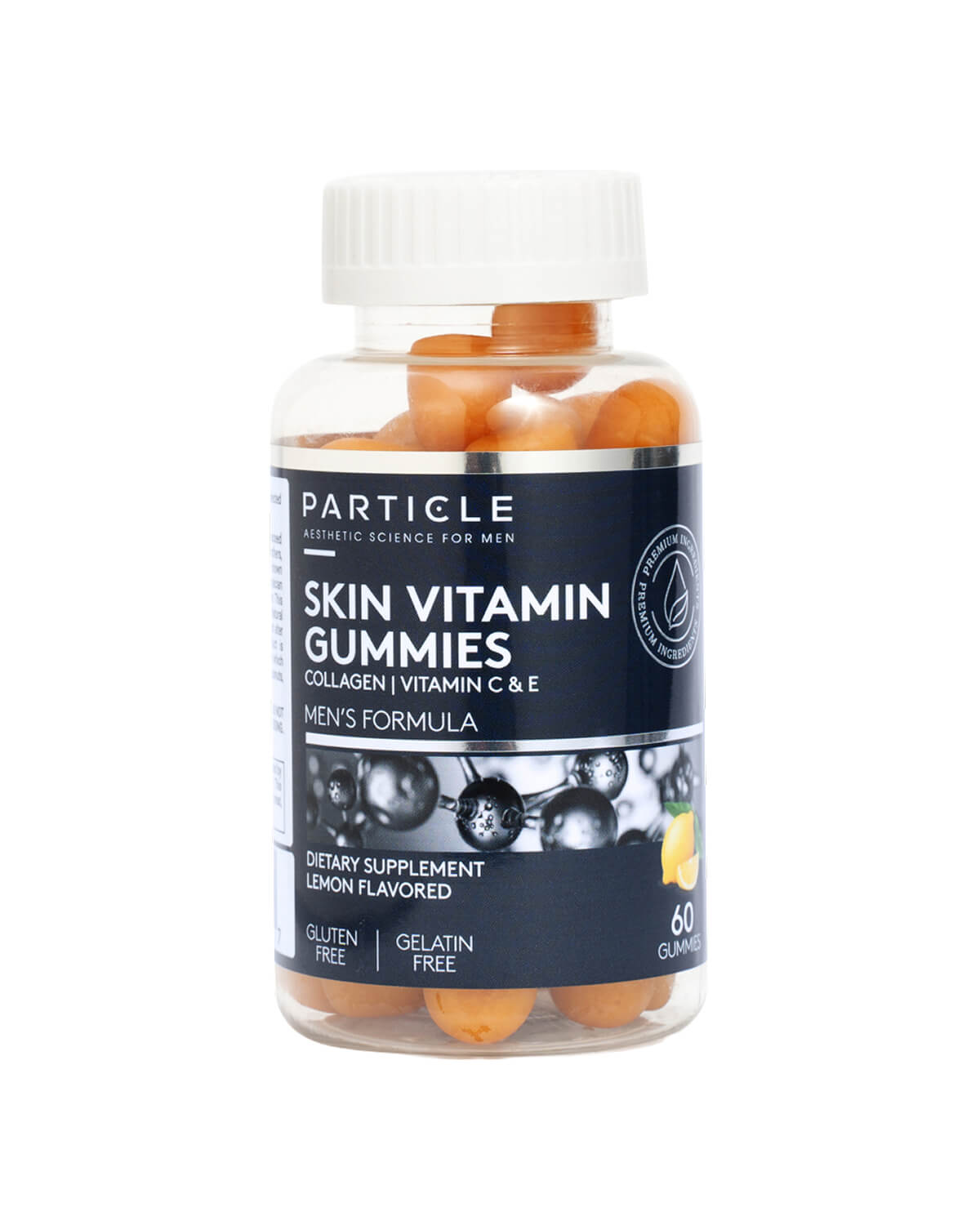
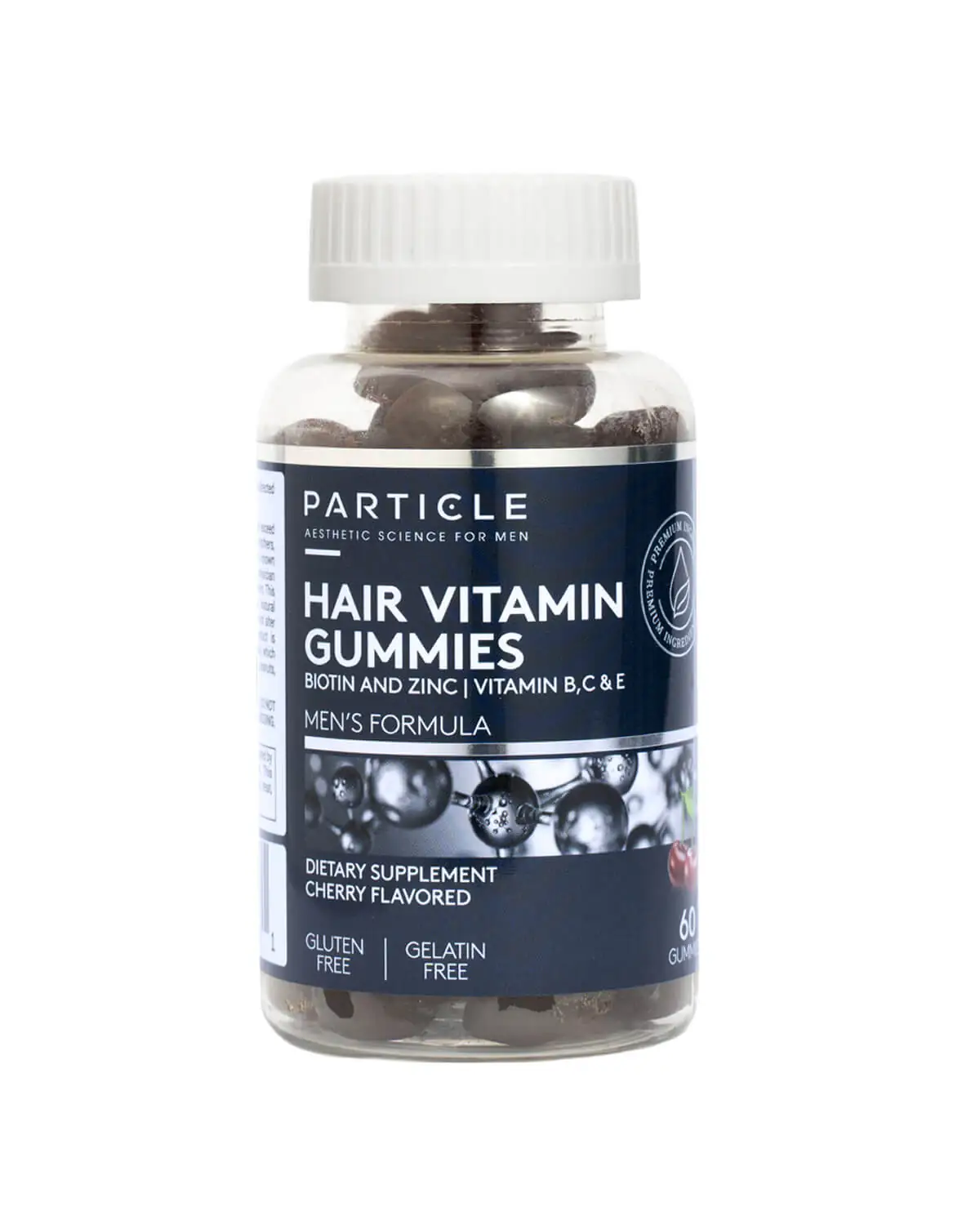
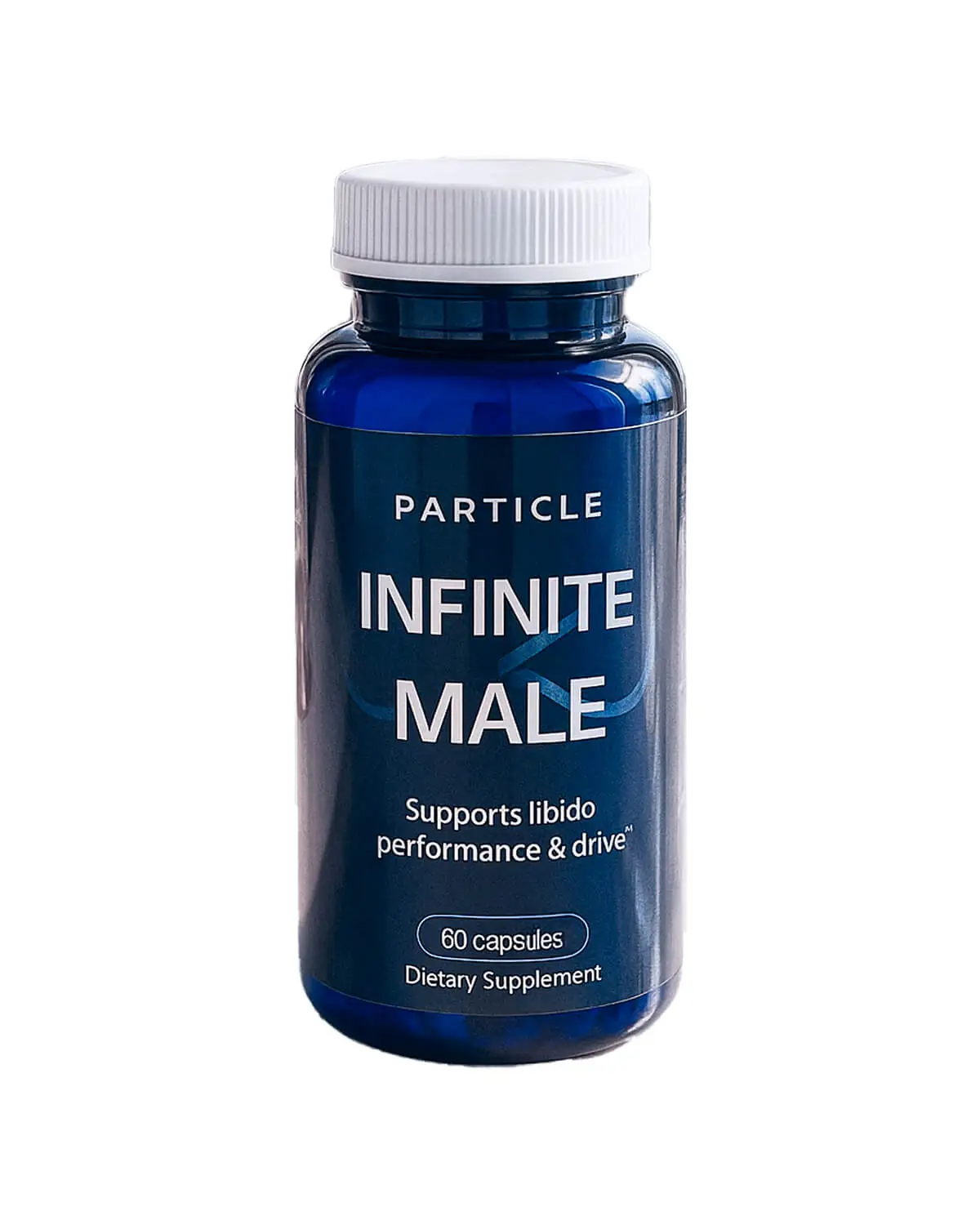

 en
en















